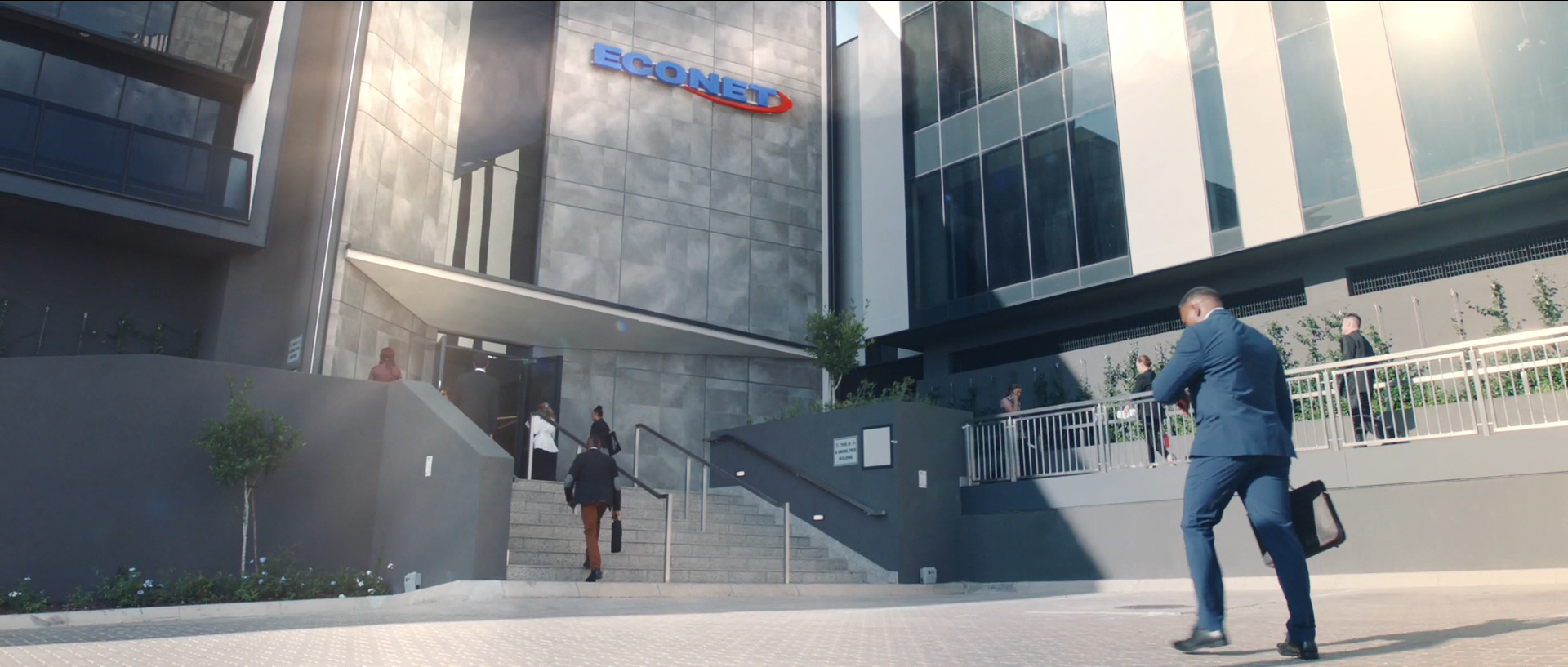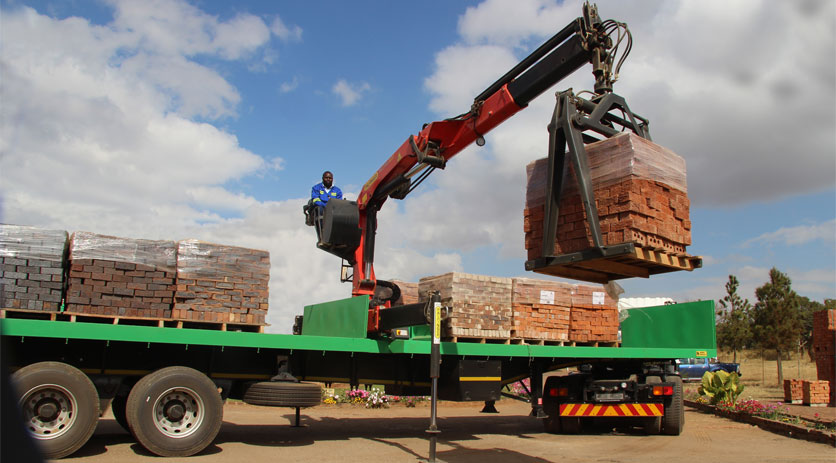Willdale crusher investment pays dividends
WILLDALE Limited says it will continue exploring various options for enhancing plant capacity and product quality in the short term as demand for its products continues to soar.
This comes as the brickmaker invested in clay crushing capacity last year, which saw the company improve its capacity utilisation to an average of 75 percent.
There has generally been an upswing in aggregate demand for construction sector constituents in Zimbabwe, driven by government-initiated infrastructure construction projects and individual home constructions.
According to Willdale, demand for bricks was relatively high in the year under review, motivated significantly by the construction of educational facilities and shopping centres.
On the other hand, the sustained housing development has been attributed to a surge in diaspora remittance receipts.
Diaspora remittances have lately become a major financing source for individual home-building endeavours.
This continues to spur demand in the construction materials segment and Willdale says it currently has a significant order book.
However, the company continues to pursue opportunities from various sectors.
In the full-year financials to September 2023, Willdale chairman, Cleophas Makoni, said the company will leverage the prevailing boom in the construction of houses, commercial buildings, educational facilities and other infrastructure to improve revenues and profitability this year.
He said efforts to raise funds from existing assets will be enhanced in 2024 as the company moves to upgrade its production facilities.
“The Board is exploring various options to enhance plant capacity in the short term and intends to take advantage of its existing assets to source appropriate funding.
‘‘A programme is under implementation to ensure consistent brick supplies during the rainy season to satisfy growing demand.
“Clay crushing capacity was enhanced in 2023 by investing in a new plant resulting in better product quality. As such, capacity utilisation averaged 75 percent despite electricity supply deficits,” said Makoni.
Like many other manufacturing entities Willdale was affected by persistent power cuts which negatively impacted production and sales volumes for the year under review.
This was coupled by exchange rate instability and inflation which presented a challenging operating environment leading to low aggregate demand and high operating costs.
“Throughput and efficiencies were affected by intermittent power outages that prevailed throughout the financial year. Electricity supply must improve to boost capacity utilisation and efficiencies and put more bricks onto the market.”
The company, however, commended the government for improved economic variables such as inflation and the exchange rate in the second half of 2024.
According to Willdale, this resulted in a relatively stable operating environment, laying a good foundation for a better operating environment in the current financial year.
In an earlier interview, Willdale Limited chief executive officer Nyasha Matonda, highlighted that demand continues to grow and the company was prepared to meet the demand.
“We have enough stocks to cover us throughout the rainy season and this is where we normally have challenges, especially from the diaspora who come back for holidays and they want to build, that is the time they buy bricks and we are prepared for them, we will surely provide the full range that they want,” said Matonda.
In the period under review, Willdale‘s revenue for the year closed 106 percent above the prior year at $37 billion in inflation-adjusted terms from $18 billion realised in 2022.
The brickmaking firm indicated that it would have fared better but operations were hindered by lower availability of stock due to electricity shortages, leading to a five percent decline in sales volumes compared to the prior year.
Operating loss stood at $6, 9 billion a significant slump from $1, 25 billion posted in 2022, which translated to 19 percent of total revenue collected in the year.
Due to exchange rate distortions, the brickmaking firm’s exchange losses amounted to 21 percent of revenue compared to 2 percent reflecting the extent of exchange rate movements on foreign currency-denominated balances.-ebusinessweekly











